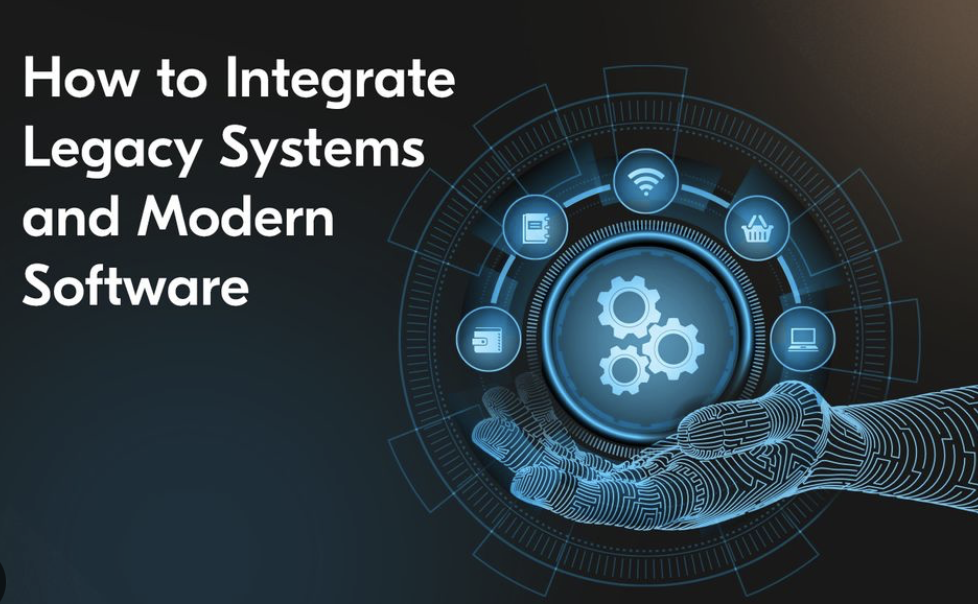For many organisations exploring conversational AI integration in South Africa, the excitement often fades once it’s time to connect these new tools with long-standing systems. Legacy IT remains the backbone of most businesses — reliable, familiar, and deeply embedded in daily operations. But when new AI technologies arrive, especially those designed for real-time interaction, that backbone can quickly become a bottleneck.
At Think Tank Software Solutions, we see this challenge regularly. South African enterprises in particular have a unique mix of on-premises infrastructure, hybrid cloud setups, and diverse application stacks. Integrating AI into that mix isn’t just a technical task; it’s an exercise in pragmatism and patience.
The integration challenge
Legacy systems often weren’t built with APIs or modern integration frameworks in mind. Data might be locked in old databases, applications might run on outdated protocols, and even small system changes can carry risk. On the other hand, conversational AI platforms such as Kore.ai are designed for agility – pulling and pushing data across multiple systems in real time to deliver a seamless user experience.
Bridging these two worlds requires careful planning. Without the right approach, an AI agent can end up limited to surface-level tasks, unable to access the information it needs to deliver real value.
Practical strategies that work
Start with a clear integration map.
Before connecting anything, document how data moves across your systems. Identify what information the AI agent needs, where it lives, and how it can be accessed securely. This early step helps to avoid surprises later on.Use middleware to protect your core systems.
Introducing an integration layer between your legacy systems and AI platforms allows for flexibility without touching mission-critical applications directly. This can be achieved through APIs, message queues, or integration platforms that translate and manage requests efficiently.Modernise where it makes sense.
Full system replacements are expensive and disruptive, but selective modernisation – for example, wrapping older systems in API gateways or moving non-critical services to the cloud – can make integration easier over time.Prioritise security and compliance.
Integrating conversational AI means connecting systems that may hold sensitive employee or customer data. Encryption, role-based access, and proper audit trails are essential, particularly when operating under South African data protection laws like POPIA.Test, measure, and iterate.
Integration is rarely perfect the first time. Start with a focused use case, test data flow and system response times, and scale once stability is confirmed. Continuous improvement keeps the integration resilient as business needs evolve.
The Think Tank approach
Our team’s experience implementing Ivanti and Kore.ai solutions has shown that integration is most successful when technology meets process design. We work closely with clients to ensure AI agents are not only functional but aligned with how teams actually work. This often means simplifying workflows, automating repetitive handovers between systems, and ensuring that both the AI and the IT teams can easily maintain the setup after deployment.
By approaching integration as an ongoing collaboration rather than a one-off project, organisations can unlock the real potential of AI – improved service delivery, faster resolutions, and a better experience for both employees and customers.

